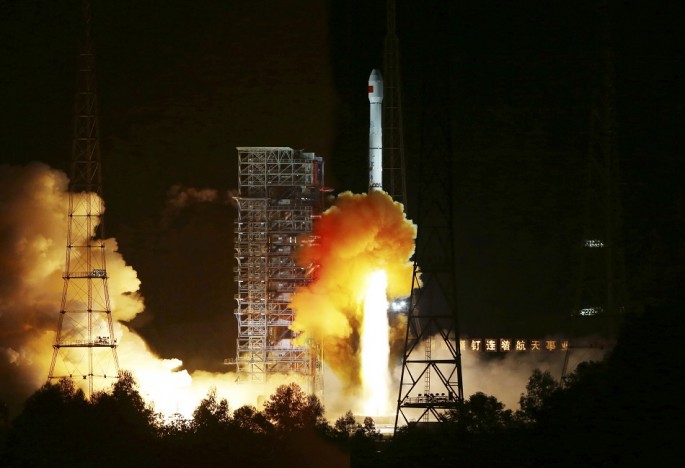China launched a new-generation BeiDou Navigation Satellite System (BDS) into space on Monday that marks its expansion to global coverage.
The latest satellite will test a new type of navigation signaling and inter-satellite links that will provide a basis to start building the global network, according to the Shanghai Engineering Center for Microsatellites.
Launched from the Xichang Satellite Launch Center in the southwestern province of Sichuan, the 17th satellite was boosted by a Long March-3C carrier rocket.
China is scheduled to launch up to four more satellites for its indigenous global navigation and positioning network this year.
According to Yang Changfeng, chief designer of the BDS, a complete global network of 35 satellites with five of those in geostationary orbit will be available by 2020.
The new satellites could last up to 10 to 12 years compared with eight years of the old model.
These also have higher accuracy of two to three meters than those with the satellites already in operation, said Yang.
The launch also marked the first time China has installed an independent aircraft on the carrier rocket to blast off spacecraft into medium to high orbit.
Dubbed a "shuttle bus in space," independent aircraft can send one or more spacecraft into different orbits in space.
China launched the first BDS satellite in 2000.
The BDS began providing positioning, navigation, timing and short message services in China and surrounding areas of the Asia-Pacific in Dec. 2012.
The system has been gradually put into use in extended sectors including telecommunications, weather forecasting, transportation, marine fishing and forestry.



























